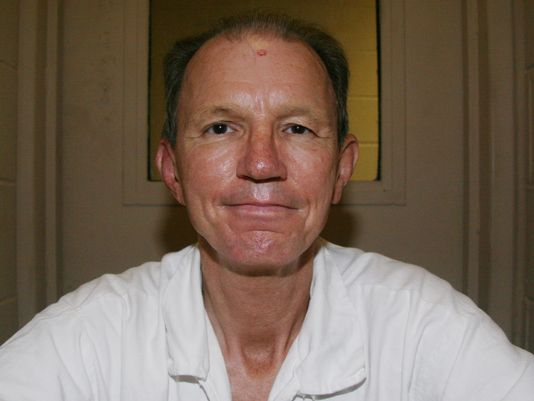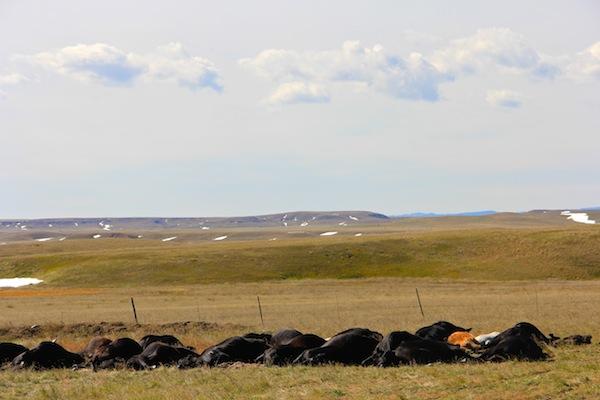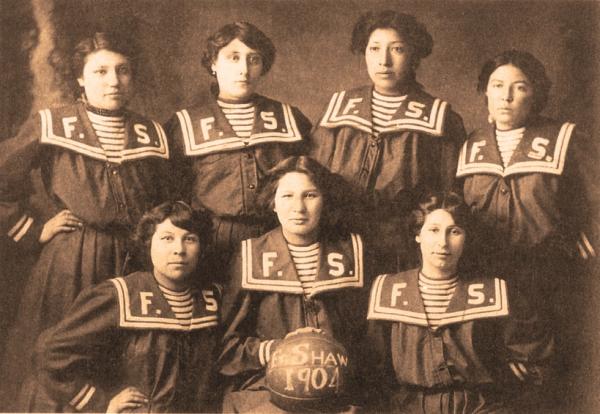Source: Native News Network
DENVER – The American Indian College Fund is projected to raise $550,000 to support Native American student scholarships at its 18th annual Flame of Hope Gala, held on October 10 in Minneapolis, Minnesota.
Dr. Cheryl Crazy Bull to begin the celebration and dinner.
Native artist Steven Paul Judd, Kiowa and Choctaw, created a painting live at the event, which was awarded to the donor providing the largest gift. The Shakopee Mdewakanton Sioux Tribe took the painting for their donation of $50,000. A silent auction including art by the nation’s top Native artists, and entertainment by Native musicians, including classical guitarist Gabriel Ayala and the dance and music group Brulé, were featured. Haskell Indian Nations University alumnus Dominic Clichee spoke during the program.
The American Indian College Fund honored the Northwest Area Foundation of Minneapolis for funding a $1 million, one-year Tribal College Leaders in Community Innovation Award, providing financial assistance for tribal college programs impacting local communities at Leech Lake Tribal College in Minnesota; Sitting Bull College in North Dakota; Oglala Lakota College in South Dakota; Stone Child College in Montana; and Northwest Indian College in Washington State.
Honoring AICF $1 million partnership with the President and CEO of The Northwest Area Foundation, Mr. Kevin Walker.
The American Indian College Fund wishes to express gratitude to the 37 individual, corporate, foundation, and tribal nation sponsors that made this year’s Flame of Hope Gala a tremendous success.
Flame of Hope Sponsor:
USA Funds
Keeper of the Flame Sponsor:
Shakopee Mdewakanton Sioux Community of Minnesota
Vision of Hope Sponsors:
The CocaCola Company
Comcast NBC Universal
Lannan Foundation
Nissan North America
San Manuel Band of Mission Indians
Circle of Hope Sponsors:
Anheuser-Busch Companies
AT&T
The Richard Black Family: Richard, Heather, Kara, and Erica
Ford Motor Company Fund & Community Services
McDonald’s Corporation
Target Corporation
Travelers
UPS Foundation
US Bank
Walmart Foundation
Wieden + Kennedy
Spirit of Giving Sponsors:
CBS Corporation
FedEx
Grotto Foundation
Jenzabar
Mattel
Peskoff Foundation
The Tierney Family Foundation
United Health Foundation
Visionary Sponsors:
Amergent
Kimberly S. Blanchard
Dine College
Kauffman and Associates, Inc.
Leech Lake Tribal College
National Indian Gaming Association
MAG Mechanical
Ignite the Flame Sponsors:
Aramark
Lac Courte Oreilles Ojibwa Community College
College of the Muscogee Nation
Northwest Indian College
Proceeds will benefit Native education.




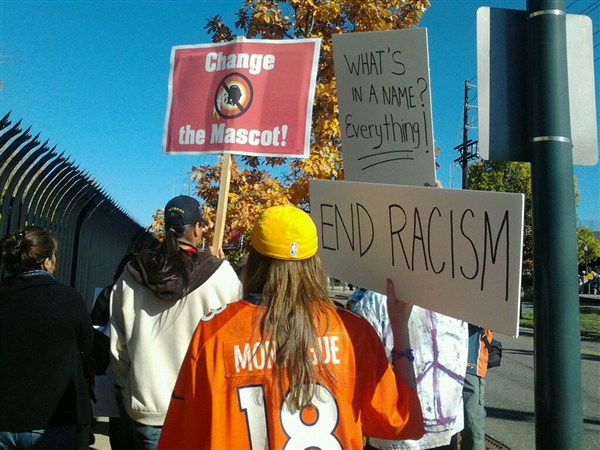
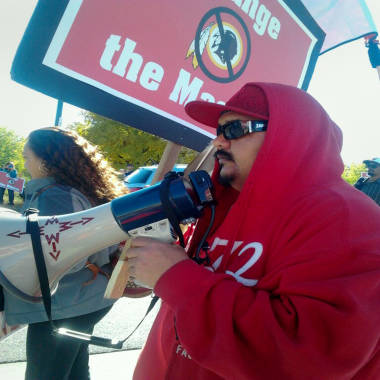 Courtesy Tessa McLean
Courtesy Tessa McLean

